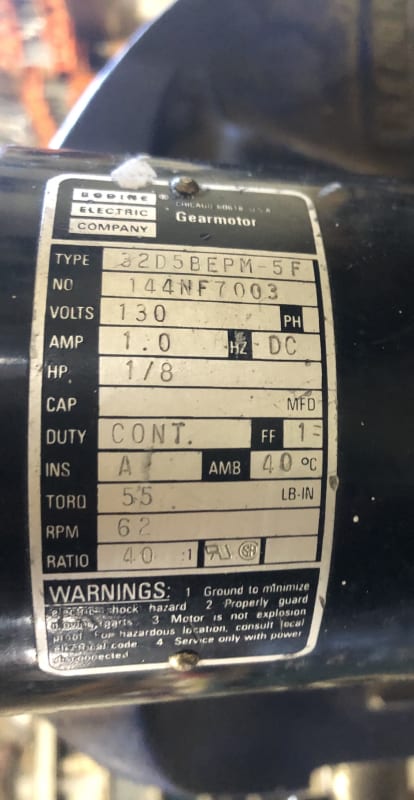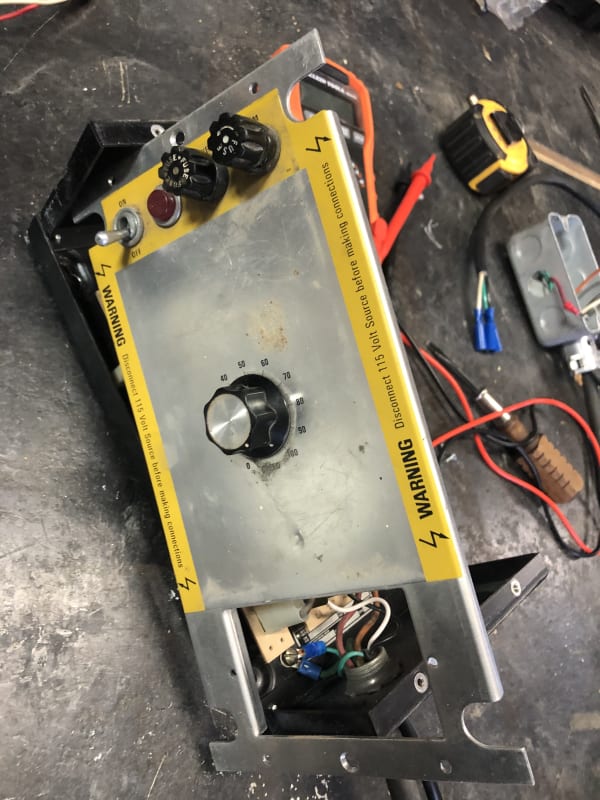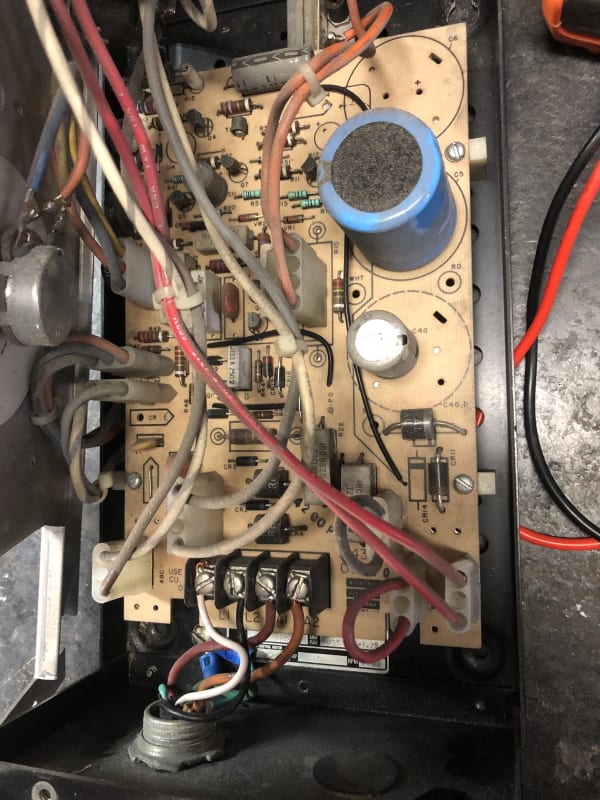If your 110 V connection is AC (typical output from a wall outlet, for example), then part of the controller is a rectifier to "create" the required DC input to the motor at A1-A2. For most DC machines, the nameplate voltage (in your case, 130), refers to the total difference between A1-A2. Note that this could appear as 130-to-0 (if one leg is tied to ground), or "plus 65"-to-"minus 65" because the neutral plane is somewhere in the middle. It could even be 14065-to-13935, if the "neutral" plane is up around 14 kV.
To start turning, the applied A1-A2 voltage has to exceed the back EMF voltage of the armature circuit. In the case of a gear motor like this, it also has to be enough to cover the voltage drop across the field (if it's electro-magnetic and not rare earth materials). And it has to produce enough torque to overcome the friction of the system (bearings, gears, etc.). If the motor spins up on a 9 V battery, there isn't a lot of back EMF, nor is there an electro-magnet main field.
Converting energy to motion for more than half a century




